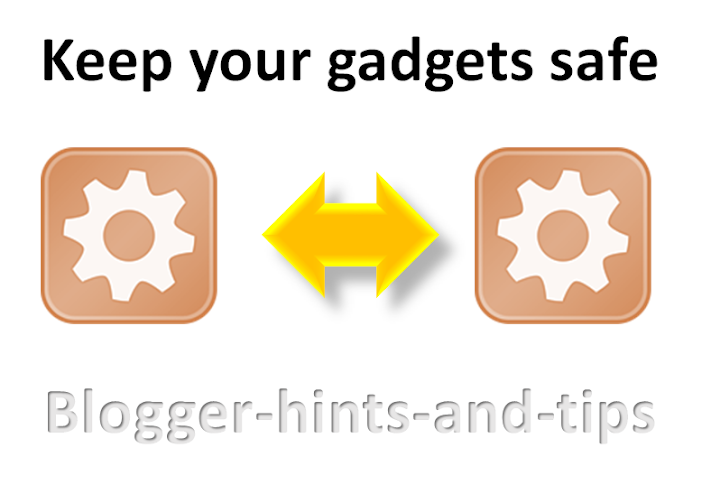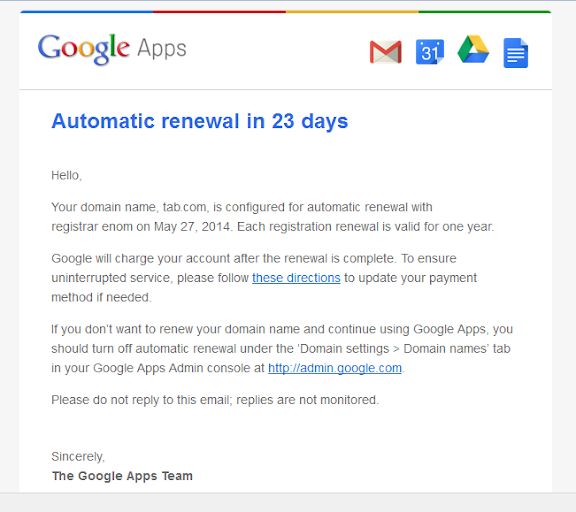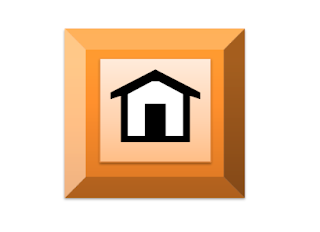Keep A Backup Copy Of Complicated Gadget Settings

This article explains why it's a good idea to keep a backup copy of settings for your gadget, in particular for HTML/Javascript gadgets that have complicated, hard-to-regenerate, code. Blogger's backup tools let you take copies of: your post-contents and (separately) your template. Some 3rd party backup tools (eg HTTRack) let you make backup copies of how your blog looks - including the consequences of displaying your gadgets. But as far as i know, there is no way that you can back up the settings (ie parameters or configuration) that are stored inside the widgets on your blog. This can be a duduk masalah if you accidentally remove a gadget, or if you have an HTML gadget and get the code wrong in it: Blogger is quite unforgiving sometimes, and the HTML/Javascript gadget editor simply removes any code that it doesn't understand. In some cases, this isn't not a big duduk masalah eg if you show a picture as a gadget , then it's generally easy


